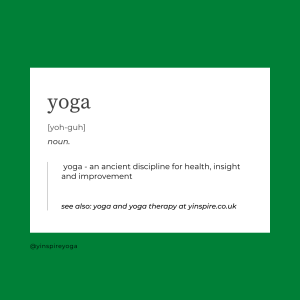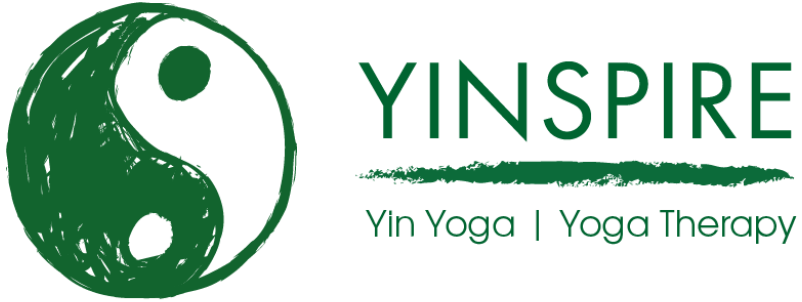 Sometimes Yoga can be a little confusing to someone looking in from outside.
Sometimes Yoga can be a little confusing to someone looking in from outside.
If you ask Google “what is yoga” then, at the time of writing, you get 2,660,000,000 results – clearly a number of views!
If you were to look at some of the first results that come up, a variety of images will catch your eye. The yogi in flowing white robes mediating serenely; the lyrca clad gymnast in a moody loft studio, concentrating on their balance or form. You may see an image of one of the gods or goddesses of yoga such as Shiva or Shakti, Lakshmi or Ganesha. Or maybe you fix on images of a yoga class in any one of thousands of school halls, church rooms and small studios the length and breadth of the country, with men and women like you and I taking part.
The word Yoga translates literally from its native Sanskrit as “join” or “union”. Sometimes “yoke”, as in yoking cattle.
Early Yoga philosophies are diverse and varied – there are many early definitions, themes, and roots to Yoga, often contradictory.
Some of the earliest writing about Yoga is in the Yoga Sutras of Patanjali, written around 500 CE, and this tends to be popular in the West as a set of relatable principles. The opening verses give us an expanded definition of yoga, “Yoga is control of thought-waves in the mind, so that man can abide in his true nature”. In the original Sanskrit this is “yoga chitta vritti nirodhah tada drastuh svarupe vasthanam“.
But what does that mean? And how does it relate to archetypes described above?
Thought waves in the mind is the stuff that distracts us and holds us back, the things that stop us fulfilling our potential as individuals – thoughts, emotions, reactions, memories, trauma, stresses. Our true nature is to understand and rise above these. Yoga helps us do so. This is the unity explicit in the word Yoga; our minds, bodies, and spirit in unity.
I would re-interpret that as a process of wellness – releasing everything which holds us back so that we have well-being. Release from limiting behaviour; limiting belief; a limiting relationship with the full expression of ourselves. Release from conditioned responses to day-to-day events; an awareness of how and why we move, think and do.
“Between stimulus and response there is a space. In that space is our power to choose our response. In our response lies our growth and our freedom.” Viktor Frankl
So to me, Yoga is a process of personal wellness – physically, mentally, and spiritually.
Increasingly I also interpret Yoga as a process of personal insight and understanding, reflecting that insight and understanding must be the foundation of any agenda of personal change.
I’ve no doubt that each of the google results are unique and emphasise different aspects of yoga – my thoughts above are just a vignette of these wider thoughts.
It’s worth touching quickly on what Yoga isn’t.
Yoga isn’t a religion – Yoga has roots in ancient Hindu philosophy and, according to some sources, many other ancient religions, and philosophical systems. It can be a spiritual practice; however it is not a religion; there is no dictation as to what you do or don’t believe, or how you interpret God, divinity and spirituality. All Yoga asks is that you approach everything in life with an open mind, including faith and belief.
Yoga isn’t physical just exercise and flexibility – it includes movement and body control, sometimes quite strongly, and it will help with fitness, but its basis is much wider.
Over centuries – and the roots of yoga stretch back to about 4000 BCE – Yoga has changed and adapted. In the 20th century it moved from East to West and adapted to reflect the needs of a different culture, and yet our modern Yoga practice still leans on ancient wisdom, reframed for the modern world.
You can learn more about my Yoga Classes at www.yinspire.co.uk, where you can book a class and find out more about my studio in Brading, Isle of Wight.
